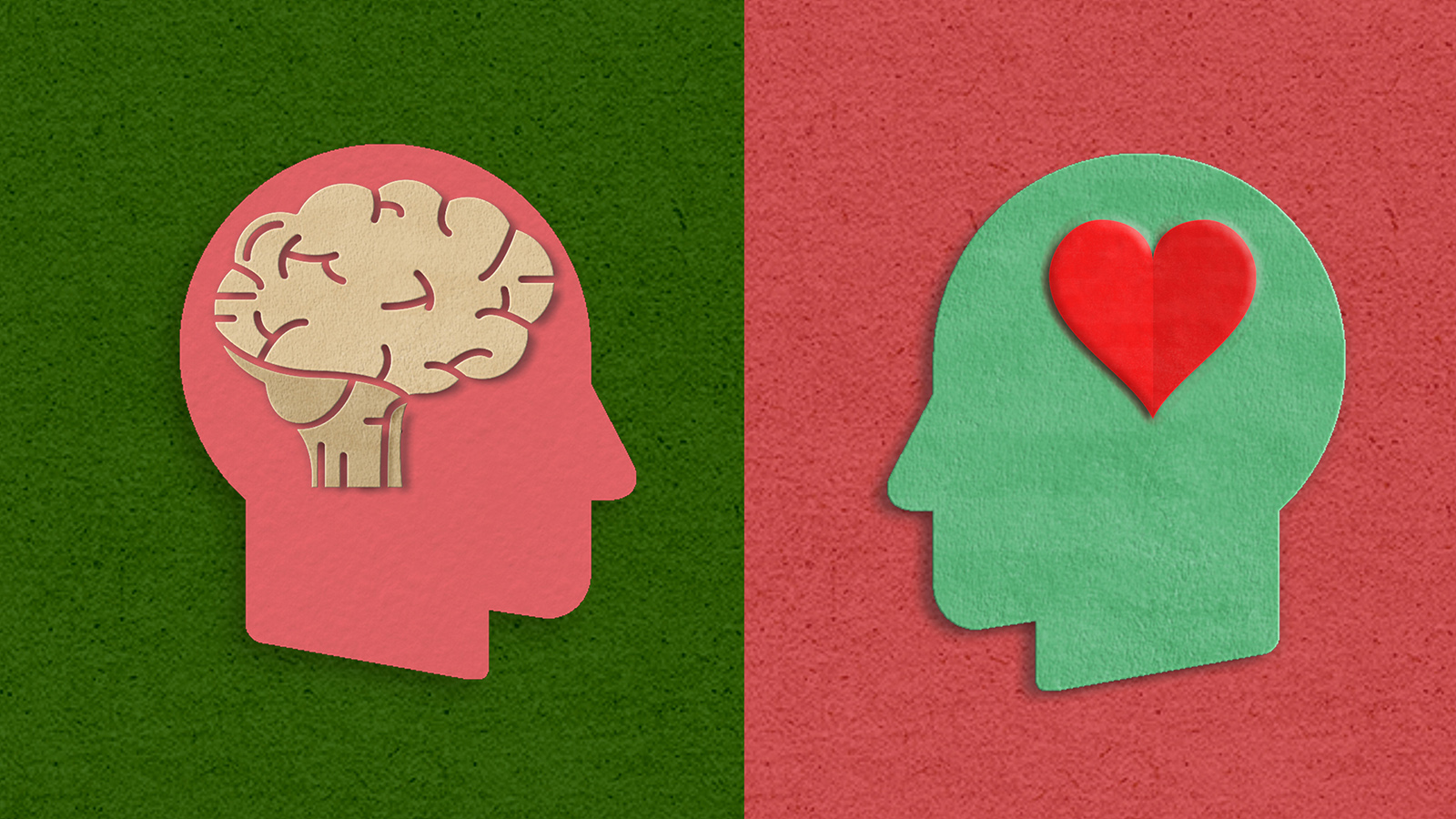Lingering Brain Signals May Explain Emotional Spillover
Why does a bad driver during rush hour affect your entire day, while a smile from your child can instantly shift your mood? According to recent neuroscience research, emotions don’t just arise from single events—they persist because of how the brain processes experiences.
Dr. Karl Deisseroth, a psychiatrist and professor at Stanford University, and his research team have discovered that emotional responses are shaped by a lasting signal in the brain, much like how a musical note continues to sound when the sustain pedal is pressed on a piano.
From Fleeting Reactions to Lasting Feelings
While some experiences spark quick, reflexive reactions—such as honking at another driver or smiling at a child—others result in deeper emotional states that linger and influence future responses. This “sustain” mechanism, researchers say, allows one emotional state to overlap with others, shaping our broader mood and behavior.
“You just need it to be sustained long enough to merge with and interact with other notes,” says Deisseroth. “And from our perspective, this is exactly what emotion needs.”
This sustained signal may explain why some emotional experiences stay with us and affect how we respond to unrelated events that come later.
Implications for Mental Health and Emotional Regulation
Understanding how emotional states are sustained could have important implications for neuropsychiatric conditions, such as autism spectrum disorder and schizophrenia. These conditions often involve challenges in emotional recognition, regulation, or expression.
For example, individuals on the autism spectrum may struggle to interpret others’ emotions, while people with schizophrenia may experience abrupt mood changes or a reduced ability to express feelings.
Ongoing Debate Over What Defines Emotion
While Deisseroth’s findings provide new insight, not all researchers agree on how unique this sustain signal is to emotion. Psychologist Lisa Feldman Barrett of Northeastern University argues that similar signals appear in other brain functions, like concentration or memory retrieval.
“Sure, [a sustained signal] happens in emotion,” she says, “but it also happens in all kinds of other instances.”
Studying Emotion in the Lab Without Pain
To study this emotional sustain in a controlled environment, Deisseroth and his team had to find a way to evoke negative emotions without causing pain. Their goal was to replicate the kinds of experiences that typically influence emotional states, while observing the corresponding brain activity in real time.
This new approach to studying emotions could eventually lead to better treatments for conditions where emotional processing is disrupted. The research continues to explore how brain signals transition from brief reactions into sustained emotional states that affect long-term behavior.



